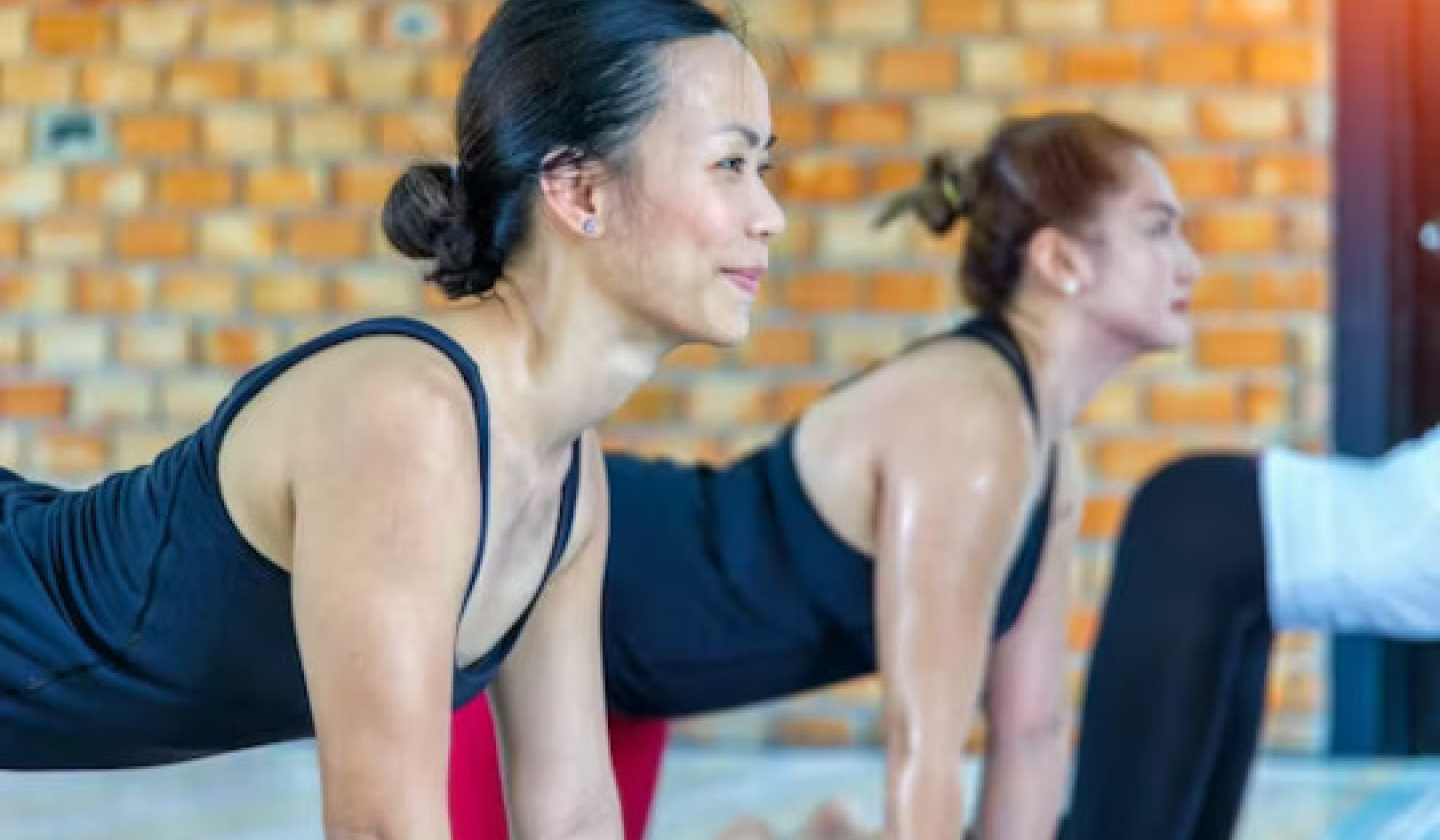
There are some people who love to exercise, who are addicted to exercise. I am not one of those people. I exercise because I want to keep my body as healthy as possible for as long as possible.
What Type of Exercise Is Best for Energy?
The most important thing is to get your body moving. If you sign up for a spin class and then never go, it does you no good at all. There are many types of exercise from which to choose and all of them give you energy to one extent or another, no doubt about it. Most exercises fit into one of three categories:
Aerobic exercise, the most obvious energy-producer, is heart-healthy, helps your lungs function more efficiently, and increases overall energy. Aerobic exercise is any type of exercise that gets the heart pumping and promotes the circulation of oxygen through the blood.
Resistance exercise, or strength training, builds muscle mass and boosts your metabolism which in turn increases energy. Strength training also reduces blood sugar.
Flexibility exercises such as yoga and tai chi are stress relievers — and we all know that stress is an energy sapper. This type of exercise focuses on stretching and breathing.
The best way to increase and maintain energy is to include all three types.
Experiment with Different Types of Training
 There are many different ways of exercising. If you find a type that excites you and motivates you to keep exercising, that’s the one you should do. But there are three types that are particularly good for increasing energy: burst training, interval training, and velocity training.
There are many different ways of exercising. If you find a type that excites you and motivates you to keep exercising, that’s the one you should do. But there are three types that are particularly good for increasing energy: burst training, interval training, and velocity training.
Practice Burst Training. Burst training can strengthen your adrenal glands and prevent adrenal fatigue. Burst sessions work out the aerobic as well as anaerobic energy production in the body:
Exercise at 90 percent of your maximum effort for 30 to 60 seconds. (This puts you in sugar-burning mode, the opposite of traditional aerobic training.) You can do this a number of ways: running fast, running/walking uphill, running up stairs, sprinting on a bicycle, treadmill, elliptical, Stairmaster, etc. You should feel like it’s going to kill you, but you never do it for more than 60 seconds.
Next, rest for 60 to 120 seconds. Your recovery time should be twice as long as your exercise time, so if you exercised for 60 seconds, your recovery time is 120 seconds. (Do NOTHING except catch your breath.)
Repeat steps one and two.
You should do this so that your total burst exercise time is 7 to 9 minutes, 4 days a week.
Burst training causes your body to burn fat for the next 36 hours to replace your body’s vital energy (glycogen) stores. It also increases the efficiency of how well your muscles draw oxygen from your blood. You’ve probably done burst training without even realizing it by sprinting across a parking lot to avoid a downpour or running to catch a bus.
Interval training. Interval training is somewhat akin to burst training. It’s one of the fastest ways to create a body that is faster, stronger, and healthier — not to mention creating more energy.
In this type of workout, you increase the intensity or pace for several minutes, then back off for anywhere from two to ten minutes (depending on how long your total workout will be, and how much time you need to recover). High intensity usually means that you’re working at anywhere from 70 to 85 percent of your maximum heart rate. You can calculate your maximum heart rate by subtracting your age from 220. But whereas in burst training you do nothing during the rest period, in interval training you keep moving but lower the intensity.
It’s as if you were taking a brisk walk on a very hilly trail. Going up a high hill at a brisk pace will raise your heartbeat and make your muscles work harder. On the way down the hill, you’re still moving, but at a much lower intensity. You can do interval training with any kind of activity, including walking, running, swimming, cycling, dancing, jumping rope, etc.
Velocity training. Velocity training is a kind of strength training that concentrates on balance — it’s a burst of energy in which your body is in a specific muscular motion. Here’s one example:
You lay a rope (or a resistance band) on the floor in the middle of the room. Starting at one end of the rope, you jump with both legs over the rope, moving forward with each jump until you reach the other end. You then jump backward over the rope until you reach your starting position again.
These types of exercises can be done at home, take a short amount of time, and give you the energy boost you need to get through the day.
 Find a Sport You Love
Find a Sport You Love
One of the best ways to get motivated to exercise is to participate in a sport. It doesn’t matter what sport it is, it only matters that you enjoy it.
Make a commitment and follow through. The result is not only that you have more energy, it does wonders for your sense of self-esteem and accomplishment.
©2012 by Eva B. Cwynar M.D. All Rights Reserved.
Published by Hay House, Inc. www.hayhouse.com
This article was adapted with permission from the book:
 The Fatigue Solution: Increase Your Energy in Eight Easy Steps
The Fatigue Solution: Increase Your Energy in Eight Easy Steps
by Eva Cwynar M.D.
The Fatigue Solution will show you how you can go from fatigued to fabulous by following eight simple steps. Dr. Eva Cwynar, premier Beverly Hills endocrinologist and metabolic medicine specialist, who has treated prime ministers, A-list actors, and professional athletes, shares her program for rejuvenating and reinvigorating your life.
Click here for more info and/or to order this book on Amazon.
About the Author
 Eva Cwynar, M.D., is an endocrinologist, metabolic medicine specialist, and internist practicing in Beverly Hills, CA. Dr. Cwynar is on faculty at Cedars-Sinai Medical Center, serves as an assistant clinical professor of medicine at UCLA, and is world-renowned for her expertise in bio-identical hormone replacement, menopause and “male” menopause, thyroid function, weight loss, and overcoming fatigue. She has received numerous honors and awards, including the title “California’s Doctor of the Year” by the United States Congress in 2002 and again in 2008 as well as “Top Thyroid Doctor of Beverly Hills.” Visit her website at www.DrEva.com
Eva Cwynar, M.D., is an endocrinologist, metabolic medicine specialist, and internist practicing in Beverly Hills, CA. Dr. Cwynar is on faculty at Cedars-Sinai Medical Center, serves as an assistant clinical professor of medicine at UCLA, and is world-renowned for her expertise in bio-identical hormone replacement, menopause and “male” menopause, thyroid function, weight loss, and overcoming fatigue. She has received numerous honors and awards, including the title “California’s Doctor of the Year” by the United States Congress in 2002 and again in 2008 as well as “Top Thyroid Doctor of Beverly Hills.” Visit her website at www.DrEva.com























